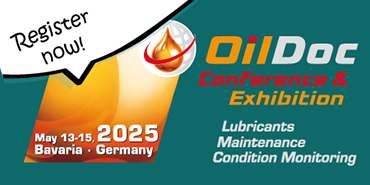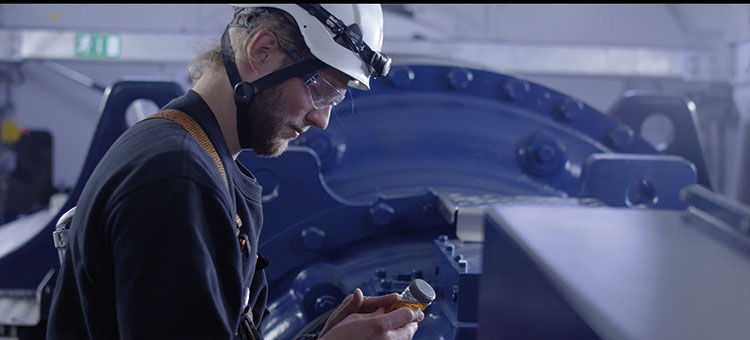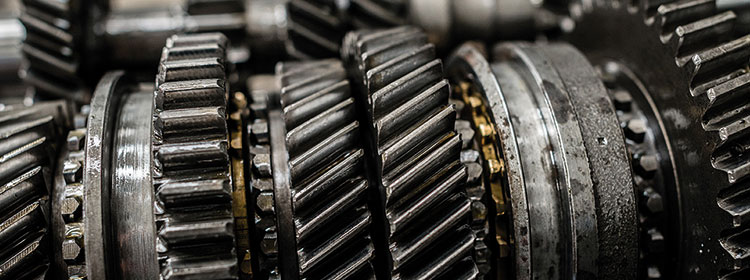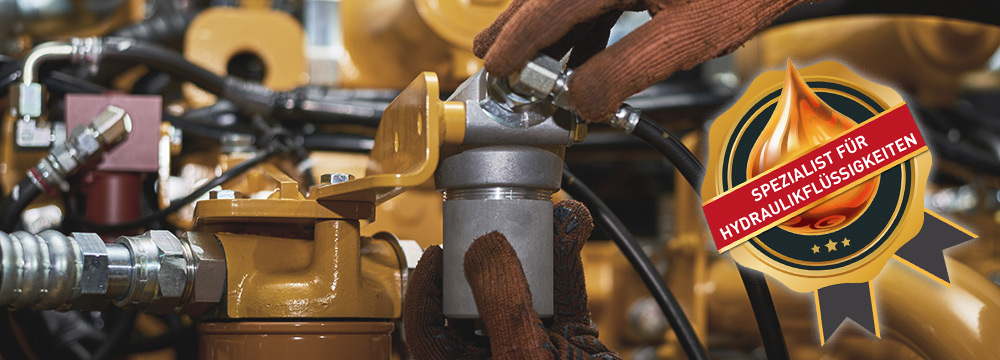Target Group
- Maintenance managers and service technicians for wind farms
- Service technicians, fitters and service partners of wind turbine manufacturers
- Managers of wind farms where maintenance work is carried out by their own staff
- Technical specialists from construction, service and sales for wind turbines
- Sales engineers and sellers of lubricating oils and greases
- Manufacturer of main and bypass filters for transmission and hydraulic oils
- Supplier of gearboxes, rolling bearings and components for wind turbines
- Technical purchasers for lubricants and operating fluids
- Technicians in oil change vehicles and in on-site condition monitoring and fluid management
- Appraisors and surveyors for damage analysis and machine malfunction
- Technically interested employees who want to extend their knowledge in the areas lubrication techniques and tribology
Aims
- Know and assess the differences between lubricant types
- Selection of the most suitable lubricant for economical and reliable system operation
- Optimisation and extension of oil change intervals for transmission and hydraulic oils
- Cost reduction and longer oil service life thanks to better filtration and oil maintenance
- Early detection of unusual wear processes and possible faults
- Investigation of causes of faliure after breakdowns
- Extraction of meaningful oil samples
- Oil analysis in pro-active maintenance
- Interpretation of lab reports
- Warning and limit values for assessing gearbox damage and oil condition
- Advantages and function of multigrade hydraulic oils
- Simplification of grease type selection, optimisation of relubrication intervals
- Warning and limit values for used lubricating greases








